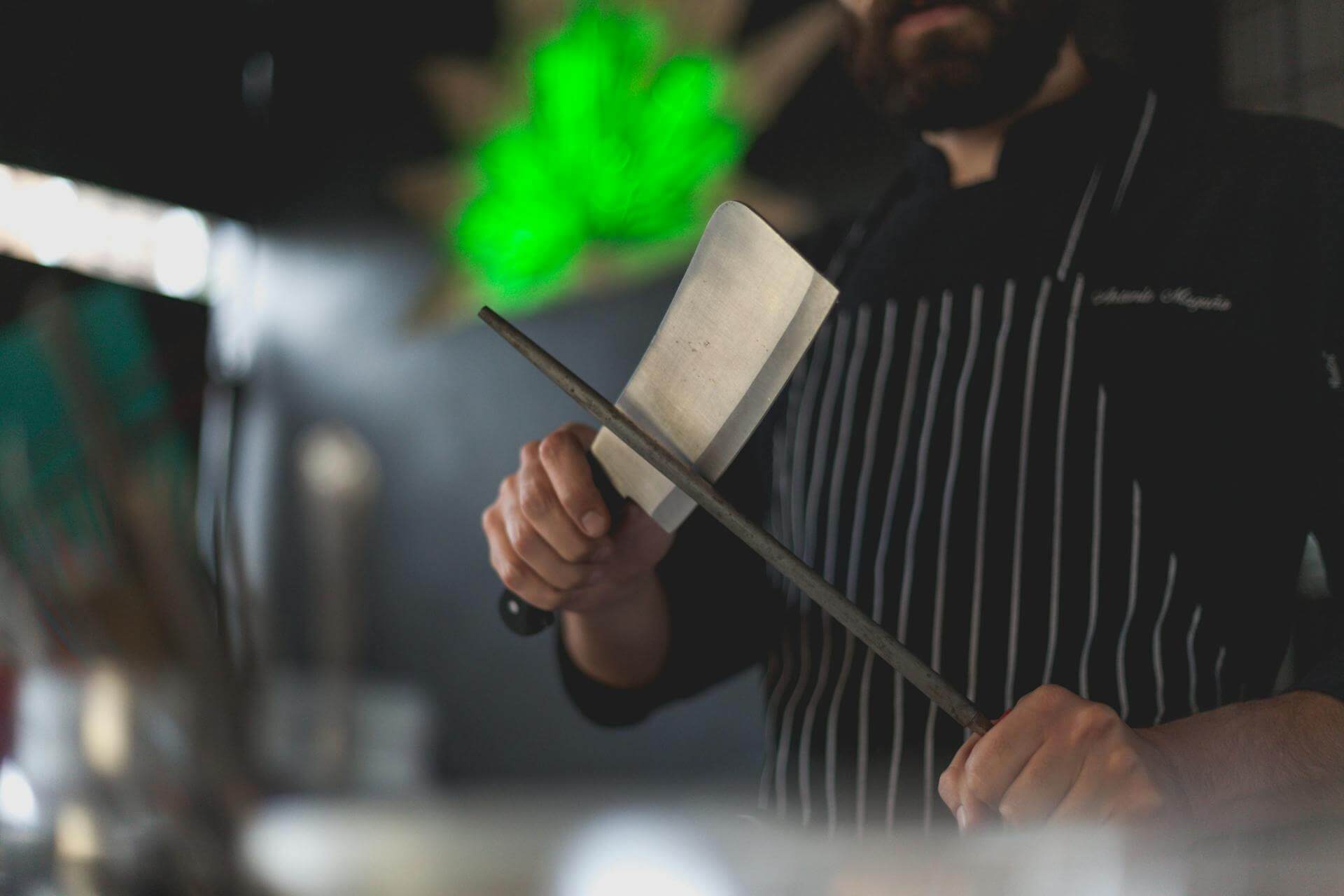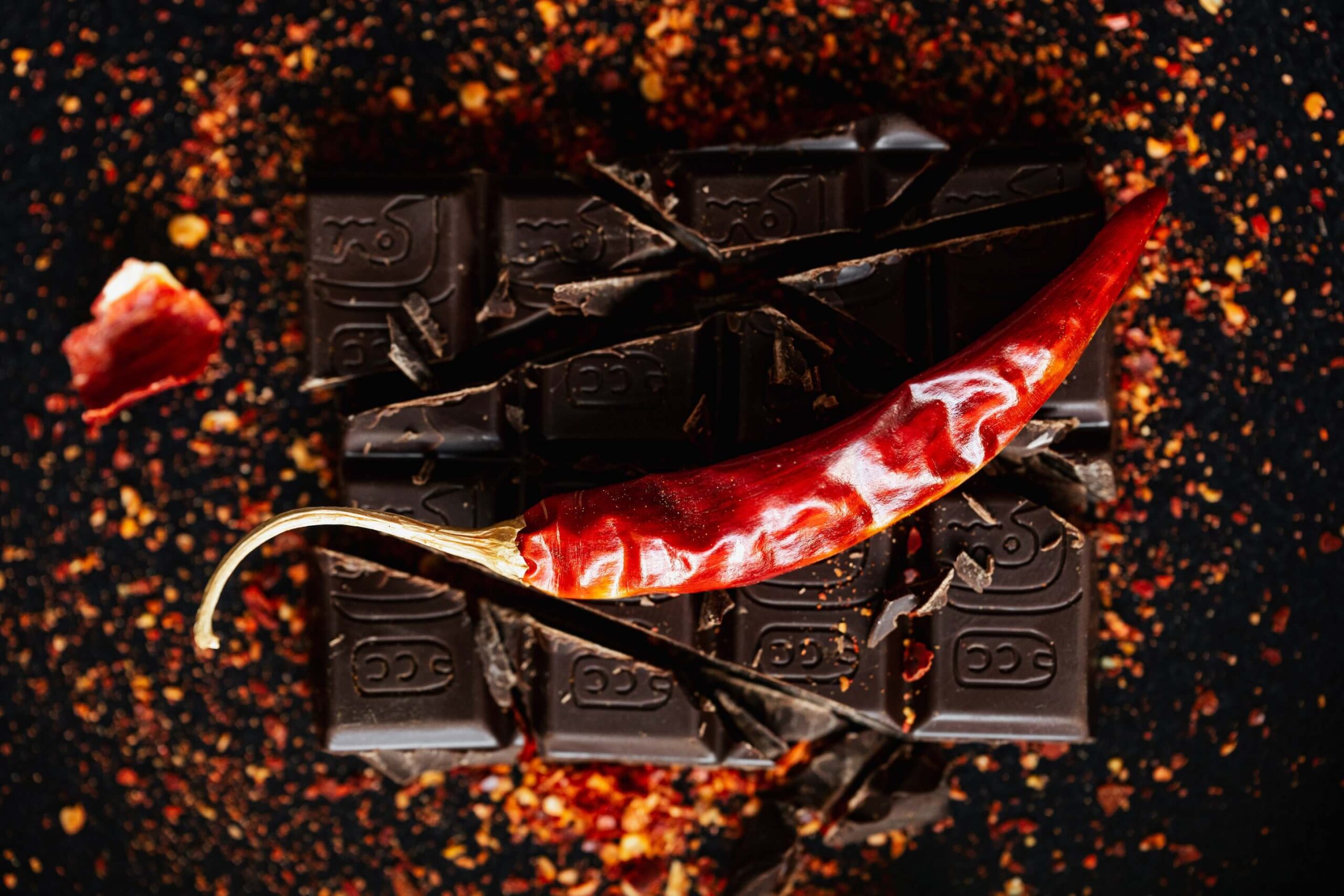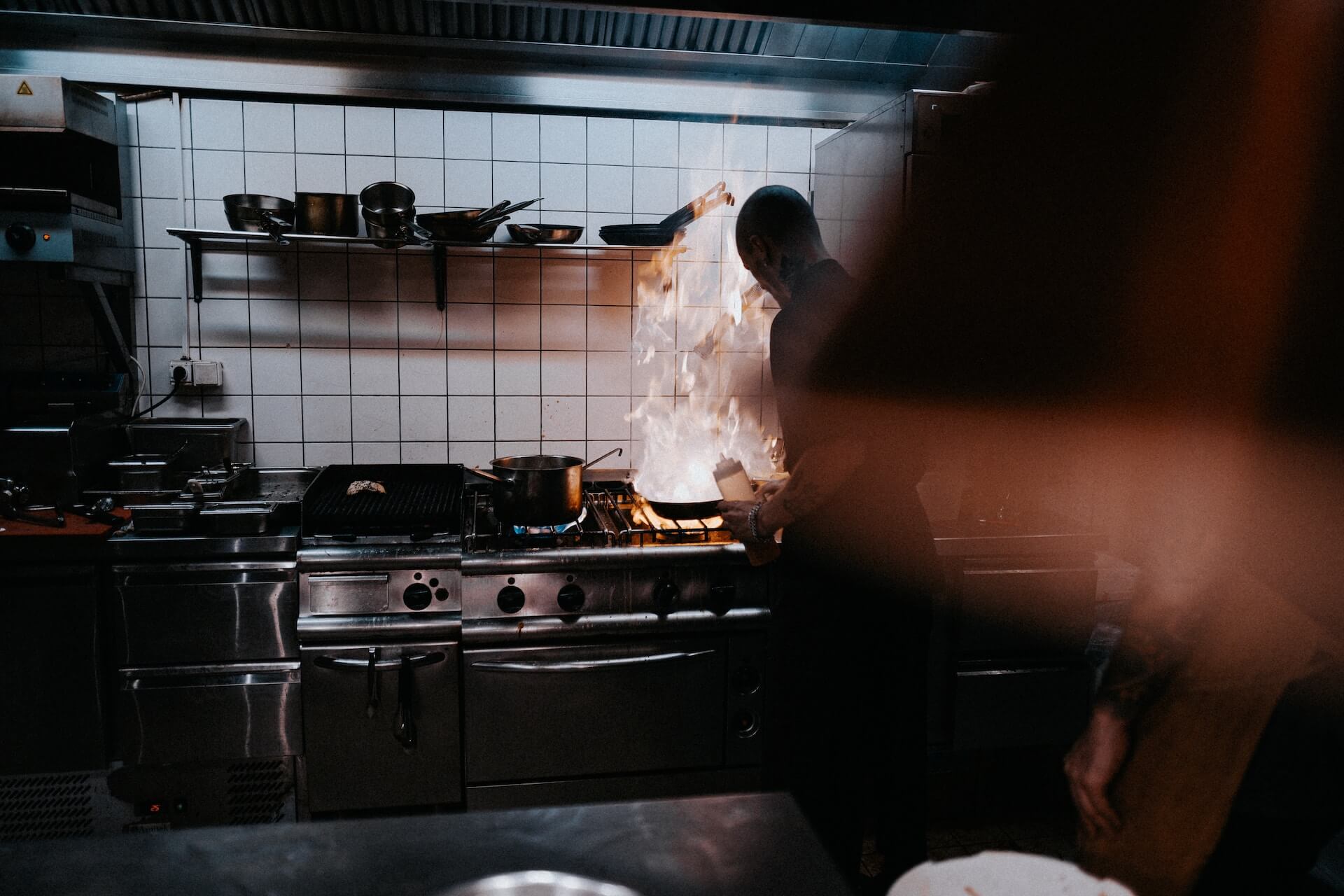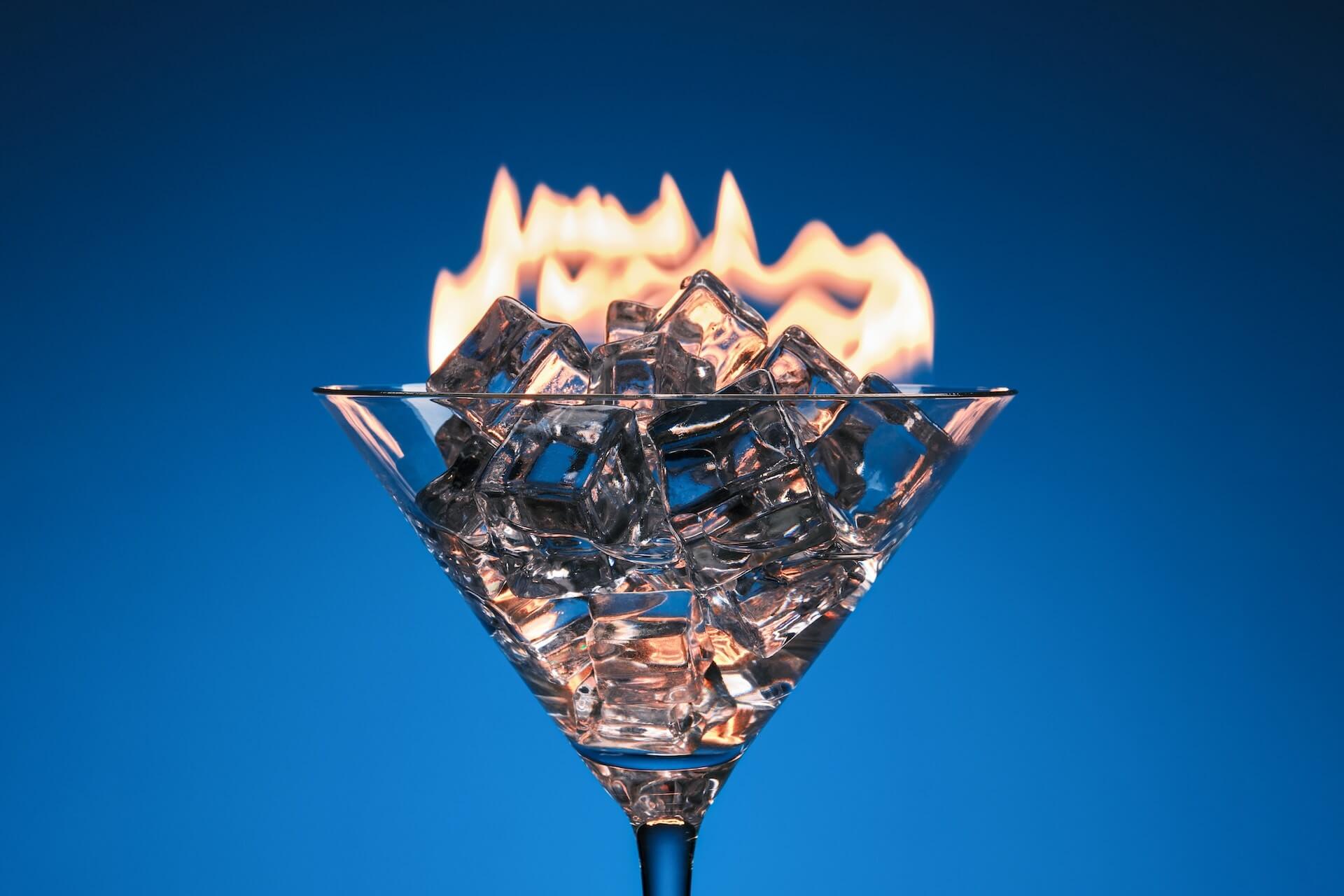Essential Kitchen Equipment for Every Chef
by Nathen Dubé

In the world of culinary arts, the right equipment can make all the difference between cooking a good dish and crafting an extraordinary one.
Whether you’re a home cook or a professional chef, having the right tools at your disposal is crucial for efficiency, precision, and creativity in the kitchen.
Tag along as I explore the essential kitchen equipment every chef should have, from basic must-haves to advanced tools. I also share usage tips, maintenance advice, and personal stories about my favorite equipment.
Equipment: The Essentials
Knives
A good set of knives is the cornerstone of any kitchen. High-quality knives can improve your cooking experience significantly, making prep work faster and more precise.
The key types of knives every chef should have include a chef’s knife, paring knife, bread knife, and boning knife. A chef’s knife is versatile, suitable for chopping, slicing, and dicing, while a paring knife is ideal for peeling and intricate work. A bread knife, with its serrated blade, is perfect for slicing bread and pastries, and a boning knife is essential for de-boning meat and fish.
To make the most of these tools, it’s important to keep knives sharp, as sharp blades ensure clean cuts, and reduce the risk of accidents.
Use the appropriate knife for each task to maintains efficiency and precision. Hone knives regularly with a honing steel to maintain their edges, and sharpen them with a whetstone or professional service periodically to ensure long-term performance.
Hand wash and immediately dry knives to prevent rust and damage, which will prolong the life of your knives.
My chef’s knife is my most trusted kitchen companion. I remember purchasing my first high-quality chef’s knife early in my career. The difference it made in my chopping speed and accuracy was astounding.
Cutting Boards
Cutting boards are essential for providing a safe and efficient surface for food preparation.
The primary types of cutting boards include wooden, plastic, and composite boards. Wooden cutting boards are gentle on knives and durable, while plastic cutting boards are easy to sanitize, and are often used for raw meat and poultry. Using separate cutting boards for raw meat and vegetables is crucial to prevent cross-contamination.
Secure the cutting board with a damp cloth underneath to prevent slipping, and ensure safety.
Wooden cutting boards require regular oiling to prevent drying and cracking, while plastic cutting boards should be cleaned with hot soapy water and sanitized in the dishwasher. It’s also important to replace cutting boards that show deep grooves or signs of wear to maintain hygiene and efficiency.
I’ve always been partial to wooden cutting boards for their durability and aesthetic appeal.
Cookware
Quality cookware is essential for various cooking methods, from sautéing to baking.
Essential cookware includes a skillet, saucepan, stockpot, baking sheets, and a Dutch oven. A skillet is versatile for frying, searing, and sautéing, while a saucepan is perfect for making sauces, boiling, and simmering. A stockpot is ideal for soups, stews, and boiling large quantities. Baking sheets are indispensable for baking cookies, roasting vegetables, and more. A Dutch oven is great for slow cooking, braising, and baking bread.
To ensure even cooking and avoid overcrowding, it’s important to use the correct size of pan for the job. Preheat pans before adding ingredients to achieve better searing and browning.
Avoid metal utensils on non-stick cookware to prevent scratching, and clean cookware according to the manufacturer’s instructions to maintain their non-stick properties and finish. Season cast-iron cookware regularly to maintain a non-stick surface—and prevent rust—to extend its lifespan.
Mixing Bowls
Mixing bowls are essential for combining ingredients, marinating, and more.
The main types of mixing bowls include stainless steel, glass, and plastic. Stainless steel bowls are durable and resistant to stains and odors, while glass bowls are non-reactive and versatile for mixing and serving. Plastic bowls are lightweight, and often come with lids for storage.
Use larger bowls than you think you need to prevent spillage when mixing. Also, ensure you have a variety of sizes on hand so you’re prepared for different tasks. Clean bowls thoroughly after each use to prevent residue build-up, and avoid abrasive cleaners on glass bowls to to prevent scratching.
Mandolin
A mandolin is an essential tool for achieving uniform slices and julienne cuts, which are crucial for presentation and even cooking.
With adjustable blades, a mandolin can slice vegetables, fruits, and even cheeses to precise thicknesses.
Using a mandolin can be dangerous without proper handling, so always use the hand guard, and work slowly to avoid accidents. Clean the blades regularly and make sure they’re sharp to maintain the efficiency and safety of this tool.
One of my favorite uses for the mandolin is preparing vegetables for ratatouille. The uniform slices not only show off their color and texture but preserve their crunch.
Equipment: Advanced
Stand Mixer
A stand mixer is an invaluable tool for any chef, capable of mixing, kneading, and whipping with ease.
Stand mixers come with various attachments, including a paddle for mixing, a whisk for whipping, and a dough hook for kneading. Starting on a low speed prevents ingredients from splattering out of the bowl and ensures thorough mixing.
To maintain a stand mixer, clean attachments and bowls immediately after use to prevent residue from hardening. Check and tighten the attachments regularly to ensure they are secure.
My stand mixer has been a game-changer, particularly for baking. I remember making my first batch of bread dough with it. The ease and consistency it provides are unparalleled, allowing me to focus on perfecting recipes rather than spend valuable time on manual kneading.
Food Processor
A food processor is essential for tasks like chopping, slicing, grating, and pureeing.
Use the pulse function to control the consistency of chopped ingredients, and avoid overfilling the bowl to ensure even processing. Clean the bowl, blades, and attachments promptly to prevent food from drying on them, and handle blades carefully as they’re extremely sharp.
My food processor has saved me countless hours of prep work. Creating salsas, dips, and marinades are a breeze with the press of a button!
Sous Vide Machine
Sous vide cooking involves vacuum-sealing food and cooking it in a water bath at a precise temperature, which results in perfectly cooked dishes. Season food before vacuum-sealing it to enhance flavor, and use a container with a lid or cover the water bath with plastic wrap to minimize water evaporation.
Clean the sous vide machine according to the manufacturer’s instructions, and regularly descale it if you use hard water to prevent build-up.
My sous vide machine revolutionized the way I cook proteins. I recall preparing a sous-vide steak for a dinner party; the precise temperature control ensured it was cooked to perfection.
Immersion Blender
An immersion blender, or hand blender, is perfect for pureeing soups, sauces, and smoothies in the pot or container directly. Move the blender up and down for blending, and avoid overfilling the container to prevent splattering.
Clean the blade and shaft immediately after use so food doesn’t dry on them, and be cautious when handling the blade as it is sharp.
My immersion blender has been a versatile tool in my kitchen. Again, soups, sauces, jams, etc. are all done directly in the pot, saving time (and mess) from transferring to a food processor.
Digital Scale
A digital scale is an essential tool for any chef, particularly for baking, where precision is key. Measuring ingredients by weight rather than volume ensures accuracy and consistency, which is crucial for successful recipes.
To use a digital scale effectively, always set the scale to zero after placing your container on it to ensure you are only measuring the ingredients. Calibrate the scale regularly, and replace the batteries when necessary so it maintains its accuracy.
I use my digital scale extensively when baking bread. Precise measurements of flour, water, and other ingredients are crucial to achieve the perfect texture and rise. This tool has improved the consistency significantly.
Set of Ring Molds
Ring molds are invaluable for creating uniform and aesthetically pleasing presentations, particularly in fine dining. They are used for shaping and plating dishes such as tartares, layered salads, and desserts.
Use ring molds to elevate the presentation of your dishes; they’ll ensure a professional and well-crafted appearance. Ensure the molds are well-greased or lined to prevent sticking and achieve clean edges.
Equipment: Maintenance Tips
Proper maintenance and care of your kitchen equipment are essential for longevity and performance. Regular cleaning prevents food from hardening and becoming difficult to remove, and proper storage in a dry, safe place prevents damage and ensures easy accessibility.
Perform routine maintenance checks, such as sharpening knives, seasoning cast iron, and descaling appliances, to keep equipment in optimal condition. Follow the manufacturer’s instructions for care and usage to avoid voiding warranties and ensure optimal performance.
Having the right kitchen equipment is crucial for any chef, whether professional or amateur. From basic essentials like knives and cutting boards to advanced tools like stand mixers and sous vide machines, each piece of equipment plays a vital role in creating culinary masterpieces.
Proper usage and maintenance of these tools ensure they perform well and last for years, enhancing your cooking experience and efficiency.
Invest in quality kitchen equipment to improve your cooking and make the process more enjoyable. Take care of your tools and learn how to use them effectively, and you’ll elevate your culinary skills and create dishes that impress and delight.
Image: Los Muertos Crew via Pexels







